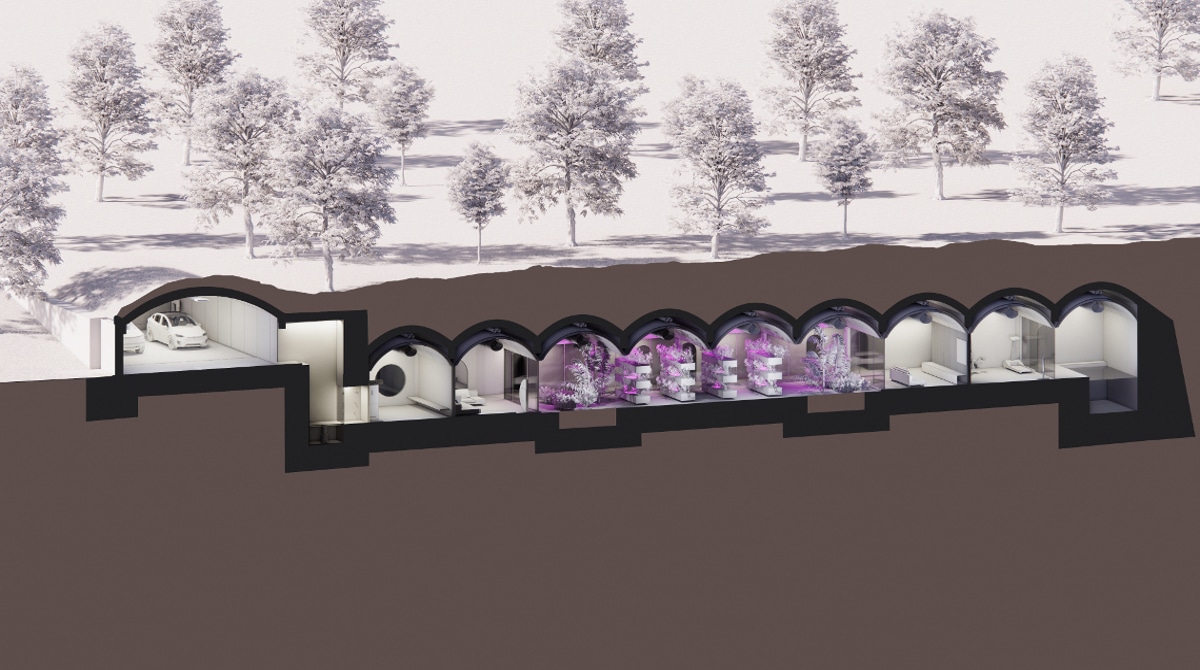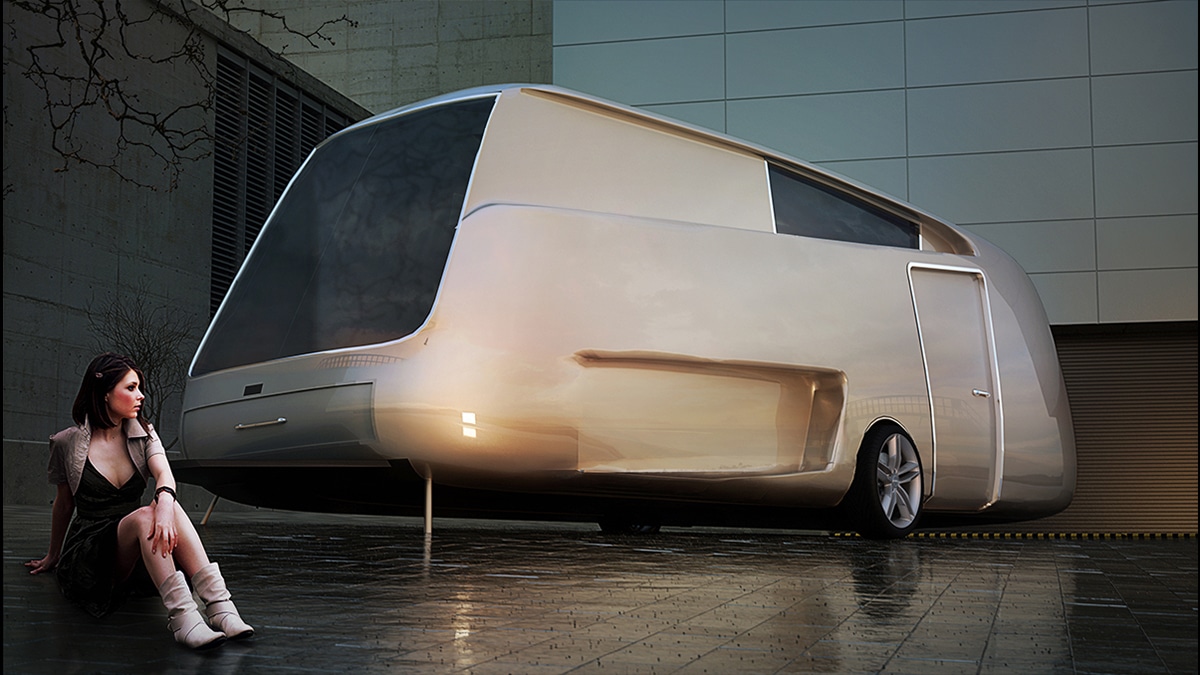Para español, leer debajo de las imágenes…
Quick Tour through Phenomenological Thinking in Architecture, by Alfredo Munoz:
Nowadays, architecture has become too dependent on the visual experience. The excess of images both in quantity and speed that afflicts our society has been observed by writers and philosophers and called “the unending rainfall of images” by Italo Calvino, “image addiction” by Richard Kearney, “the civilization of the image” by Roland Barthes and “the society of spectacle” by Guy Debord. The critique of the dominance of visual aspects in architecture and the excessive rationalization of the design process is the ongoing work of a group of architects that somewhat loosely adapted the principals of phenomenology to architecture. The philosophical principals were partially applied to architecture at the beginning of the twentieth century, but reappeared as a viable alternative for architectural thought as a response to modernity and have gained a following in recent times. Juhani Pallasmaa has written:
“In our time, architecture is threatened by two opposite processes: instrumentalization and aestheticization. On the one hand, our secular, materialist and quasi-rational culture is turning buildings into mere instrumental structures. devoid of mental meaning, for the purposes of utility and economy. On the other hand, in order to draw attention and facilitate instant seduction, architecture is increasingly turning into the fabrication of seductively aestheticized images without roots in our existential experience and devoid of authentic desire of life. Instead of being a lived and embodied existential metaphor, today’s architecture tends to project purely retinal images, architectural pictures as it were, for the seduction of the eye.” [1]
Although the relationship between architecture and its image is deeply intertwined, as the modern architect was born through the advances in Renaissance drawing and has evolved due to the mobility of images, that are easier to transport than buildings. A second, almost constant, discussion in architecture revolves around the need for constant innovation or the search for an atemporal architecture. Peter Eisenman labeled these two dialectical poles of architectural theory and design, zeitgeist and genius loci. Those that support a phenomenological approach to architectural design tend to favor the latter, equating avant-garde with temporality and visual excess, while more profound and metaphoric design is linked to a deeper analysis of context.
Phenomenology as we currently understand the term was defined by the German philosopher Edmund Husserl in the two volumes of Logische Untersuchungen (Logical Investigations, 1900 and 1901). Husserl’s approach was to the study of the essence of consciousness through the subjective experience of phenomena. As clearly stated in his Inaugural Lecture at Freiburg im Breisgau in 1917,
A new fundamental science, pure phenomenology, has developed within philosophy: This is a science of a thoroughly new type and endless scope. It is inferior in methodological rigor to none of the modern sciences. All philosophical disciplines are rooted in pure phenomenology, through whose development, and through it alone, they obtain their proper force. Philosophy is possible as a rigorous science at all only through pure phenomenology. [2]
Husserl therefore sought out to apply scientific method to the study of the acquisition of conscious experiences. This was written as an evolution of Hegel’s Phenomenology of Spirit that had announced that absolute and spiritual truth could be achieved by studying personal experience. Both are therefore direct answers to Immanuel Kant’s division of objects in phenomena and noumena in Critique of Pure Reason, and of the underlying duality of ideas and experiences as set forth by Plato.
In Being and Time (1927), Martín Heidegger expanded the reach of phenomenology by including semiconscious and even unconscious mental activities related to practical and internalized activities, such as speaking, hammering a nail or dwelling. His approach was more poetic than that of Husserl, as he questioned the abilities of technology and scientific theories to find absolute truth. He favored a personal study of experience by means of psychoanalysis as a means to a deep understanding of being. By applying these principles to architecture, Heidegger established a link between phenomenology and architecture that has influenced many architects and theorists up until today.
That we experience architecture with all our senses, and that this experience is ongoing, dynamic and culturally dependent seems logical. The ability to design buildings by reverse engineering experiences or obtaining through personal intuition the fundamental needs of the future building are the precepts of phenomenology in architecture. Japanese author Jun’ichirō Tanizaki’s, In Praise of Shadows is a great example of how different cultural backgrounds greatly effect experiences of architectural space. Other literary works have also successfully defined the personal experiences of space and context, yet can we know if an architect is truly able to reverse the process to create contextually correct experiences for other people, or might they be merely the projection of his self-interest onto everybody else?
Several philosophers and architects have continued the theoretical debate of the importance of phenomenology in architectural design. The main works written in the second half of the twentieth century are Maurice Merleau-Ponty Phenomenology of Perception (1945), Gaston Bachelard’s The Poetics of Space (1958), Christian Norberg-Schulz’s Genius Loci: Towards a Phenomenology of Architecture (1980) and Juhani Pallasmaa’s The Eyes of the Skin: Architecture and the Senses (1995). Certain Architects have also, through their buildings and texts, been linked to phenomenology, although the degree of this relationship is variable. They include: Alvar Aalto, Luis Barragan, Louis Kahn, Aldo van Eyck, Sverre Fehn, Alvaro Siza, Steven Holl, Peter Zumthor, Glenn Mucrutt and Herzog and de Meuron. They have all applied their own experiences and studies of particular culture and context to the design of buildings, in the hopes of replicating those experiences in others.
While proponents of phenomenology favor an individual analysis of unconscious knowledge and specific context throughout history as a way to uncover certain atemporal truths, it is also true that contemporary architects need to adapt and participate in the fast cultural and physical changes of the world. To design with zeitgeist is to observe the moment, being fast and dynamic, while to observe genius loci is to undergo a slow and profound look at permanent knowledge.
While Pallasmaa affirms that, “Instead of participating in the process of further speeding up the experience of the world, architecture has to slow down experience, halt time, and defend the natural slowness and diversity of experience. Architecture must defend us against excessive exposure, noise and communication.” [3] While Rem Koolhaas complains that, “Any architectural project we do takes at least four or five years, so increasingly there is a discrepancy between the acceleration of culture and the continuing slowness of architecture.” [4] Both architects use similar methods, such as abstract models, and attempt to make buildings that are meaningful for their inhabitants, yet their opinions differ at the necessary speed, a seemingly permanent debate in architecture, art, and science.
Thinking and designing Architecture through the eyes of Phenomenology requires to embrace the fact that designing a building is a process too complex to be simplified or made only from rationalization –left side of the brain-, yet not so complex that an individual may not capture the essence through intuition and the study of an unconscious collective knowledge –right side of the brain-.
In ABIBOO to give great importance to the integration of Phenomenology and Architecture, as can be checked in ABIBOO’s Projects Section or some samples in the images below. In ABIBOO Studio we agree with other international colleges, like Pallasmaa, about the need to combine both sides of the brain during the creation process through the use of certain design methods that incorporates vagueness and intuition as well as non-visual senses as tools to experience the architectural space.
If you are interested in knowing more about Phenomenology and Architecture, please contact us.
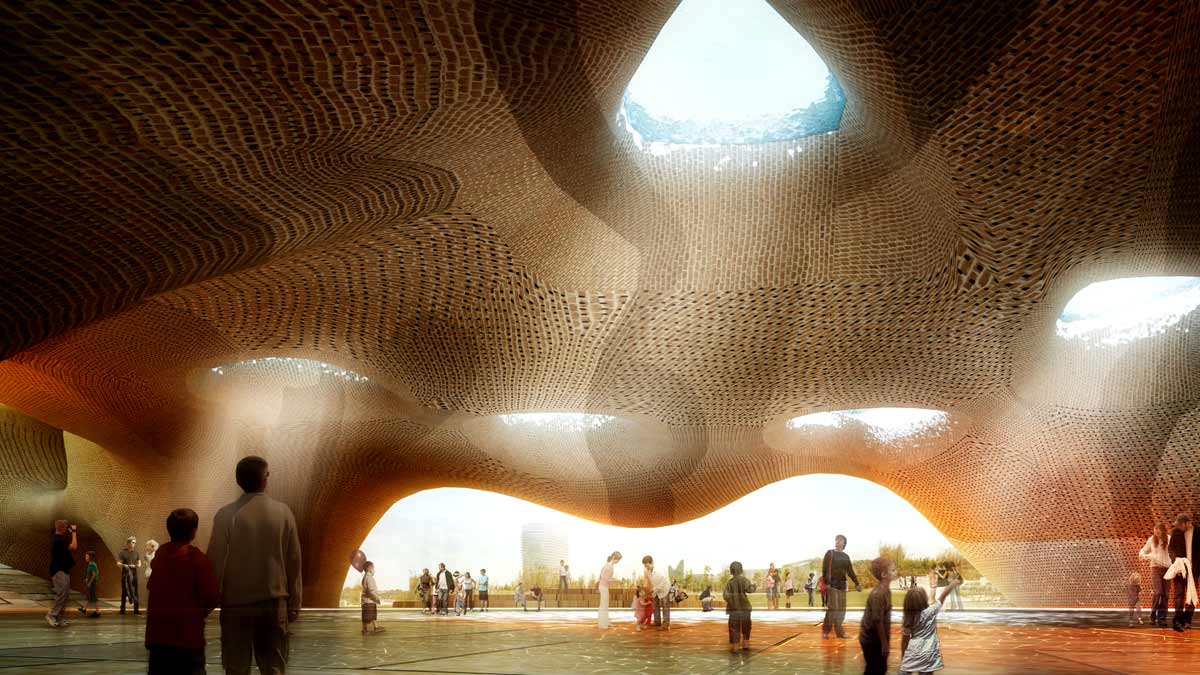

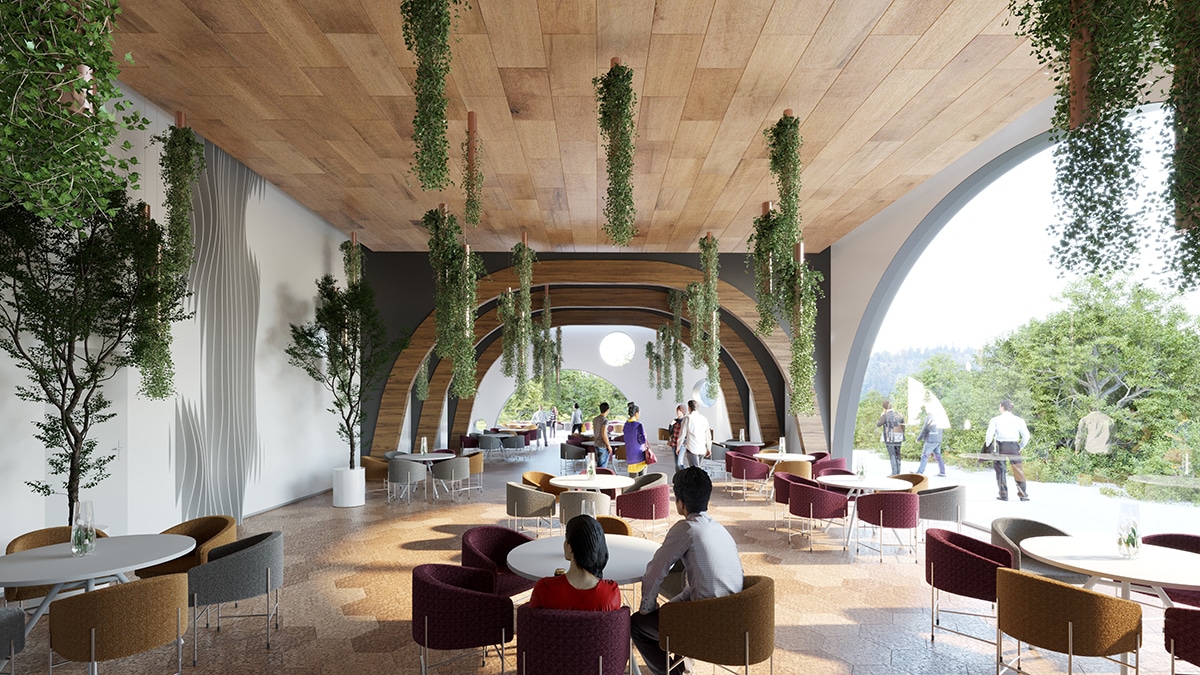
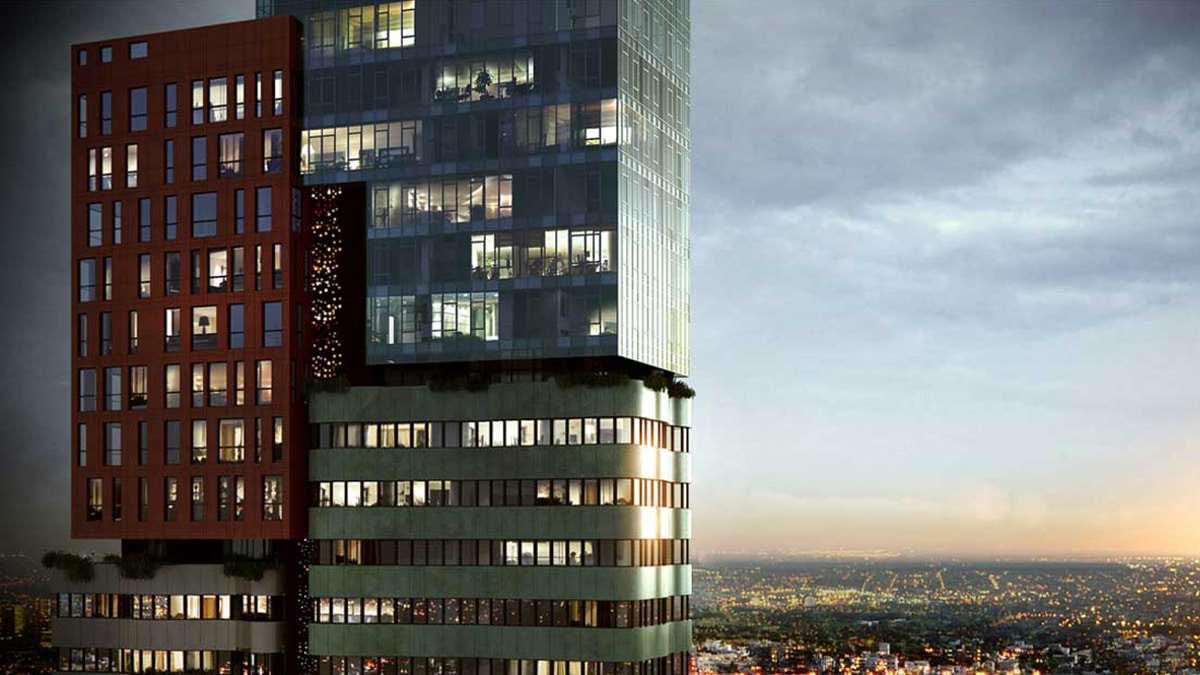


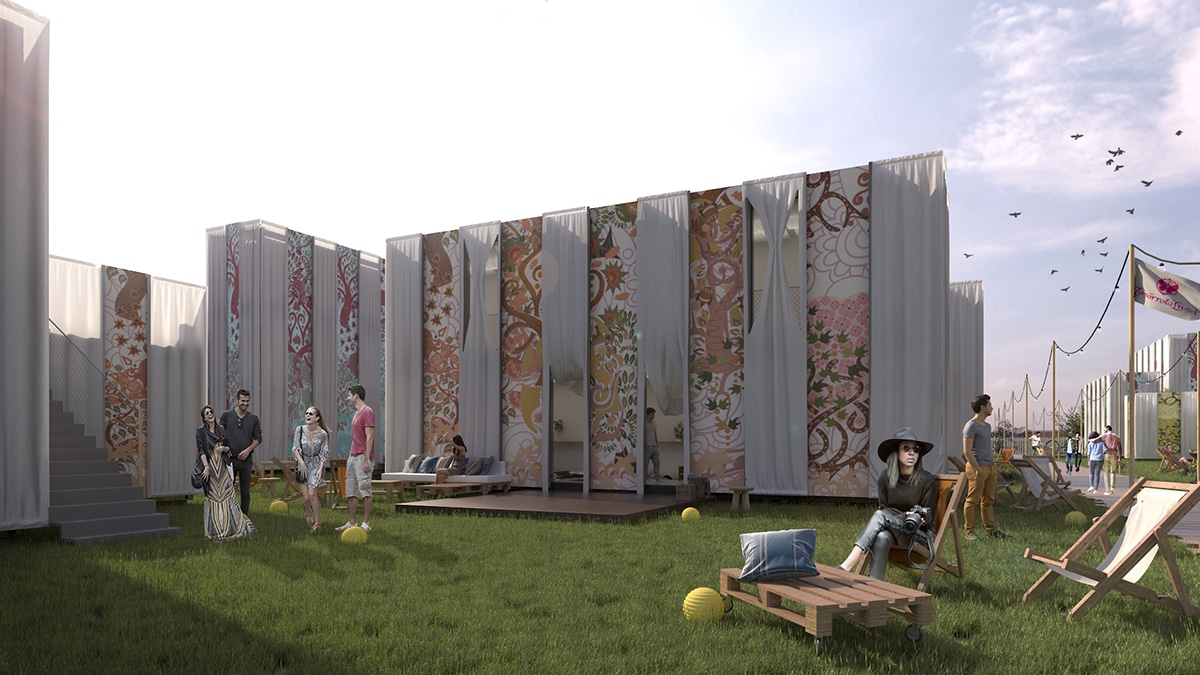
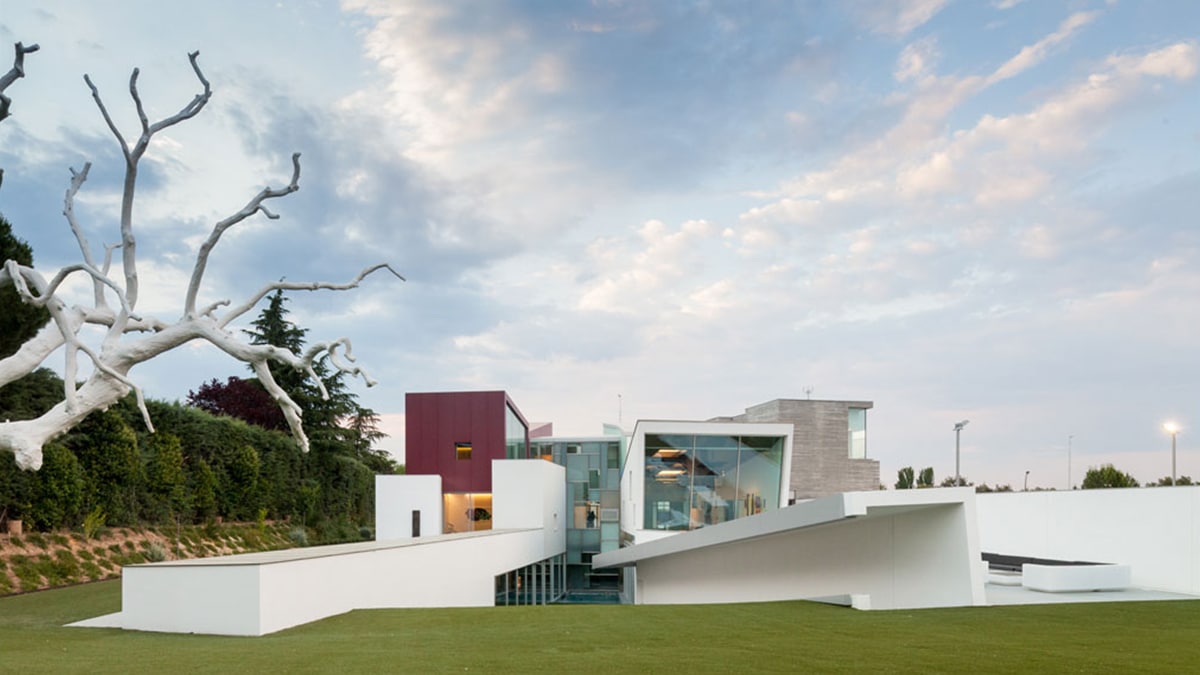

Este texto está disponible únicamente en inglés, lamentamos las molestias ocasionadas.
Notes/ Referencias:
1. Pallasmaa, Juhani. The Embodied Image: Imagination and Imagery in Architecture. Chichester: John Wiley & Sons, 2011. p. 119.
2. Husserl, Edmund. “Inaugural Lecture at Freiburg im Breisgau. 1917” In Husserl, Edmund. Shorter Works. Notre Dame. Indiana: University of Notre Dame Press, 1981. Available: http://evansexperientialism.freewebspace.com/husserllecture.htm. Retrieved Sept. 8, 2012.
3. Pallasmaa, Juhani. The Eyes of the Skin: Architecture and the Senses. Chichester: Wiley-Academy, 2005.
4. Fairs, Marcus. “Interview with Rem Koolhaas”. In Icon Magazine, Essex Media 10 Limited. Issue 13 June 2004.




